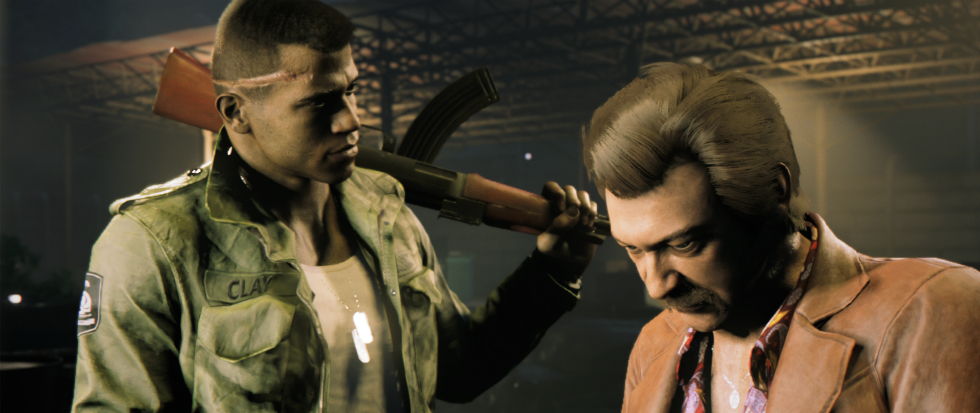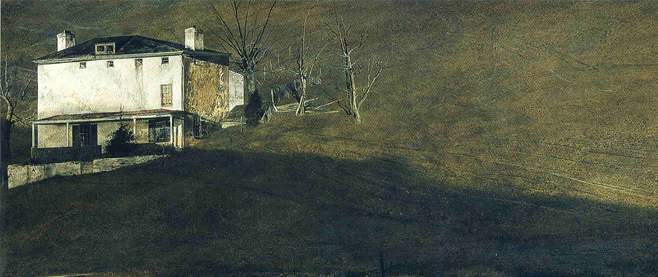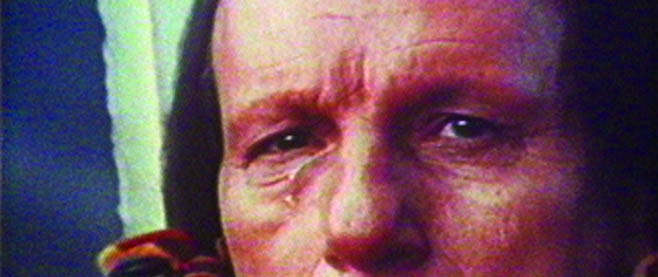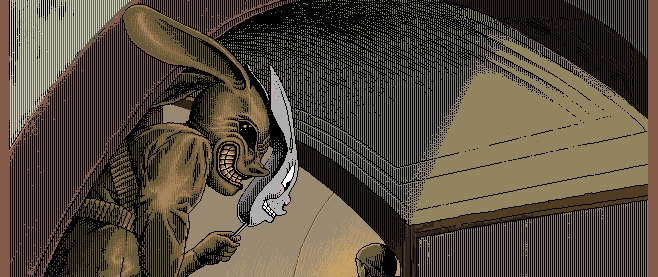
Mafia III and The Difficulty Of The Videogame Mixtape
There’s a moment early on in Mafia III when you and your partners in crime are escaping the scene of a big heist. With millions of dollars in tow, you hop into a speedboat and cruise the underground canals. As officers pursue you and bullets fly, the chords of Steppenwolf’s 1968 hit “Born to be Wild” echo somewhere in the background. The combination of sight and sound produces one of those “fist pump” moments that such scenarios are meant to inspire.
It’s the kind of moment that directors like Martin Scorcese has used to great effect. For instance, consider the scene in 1973’s Mean Streets when Johnny Boy (Robert DeNiro) meets Charlie (Harvey Keitel) at a bar. The girls on Johnny Boy’s arms and his garish attire would be enough to emphasize that he is a reckless character. In order to really drive that point home, however, Scorsese set the scene to The Rolling Stone’s “Jumpin Jack Flash.”
This had the dual effect of telling you exactly what kind of person Johnny Boy is and creating a mini-music video for the Rolling Stones’ song at a time before such things were truly prominent. It wasn’t the first scene of its kind, but it created a template for how a licensed music soundtrack can enhance the cinematic experience.
Do you know the big difference between Mafia III and Mean Streets? One is a video game, and the other is a movie.
It’s a simple distinction, but one that tends to be forgotten as the cinematic abilities of video games become greater. There are certain things movies can do that games cannot and vice-versa. When Mean Streets uses a 10-second clip of “Jumping Jack Flash,” it creates a moment of awe. When Mafia III uses “Born to Be Wild,” it does the same. The difference is that Mean Streets only uses the song once. Mafia III, on the other hand, uses “Born to Be Wild” again, and again, and again.
It also uses Jimi Hendrix, The Rolling Stones, Janis Joplin, Little Richie, and a host of other great talents and their even greater hits. The idea of a soundtrack composed entirely of such classic is, initially, quite appealing. Soon, however, it dawns on you that for as great as these songs are, you’ve heard them many times before.
That initial thrill that comes when you hear one while flipping through the radio soon dissipates once you realize encountering it yet again isn’t that unique. It’s like the gambler from The Twilight Zone who realizes always winning is worse than sometimes losing.
Or, as Lenny from The Simpsons once mused, “How bout some new oldies, geniuses!”

It’s the kind of music selection that really makes you appreciate the difficulty of filling an open-world game with mostly original music such as in Red Dead Redemption or The Witcher 3.
Or, even better, how Rockstar populated Grand Theft Auto V with a mix of the obscure and classic. It also makes you realize that great gaming soundtracks, much like high-school love, take a lot more than a greatest hits mixtape.





